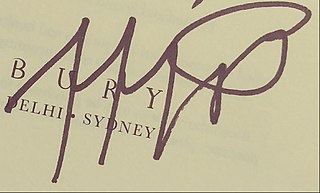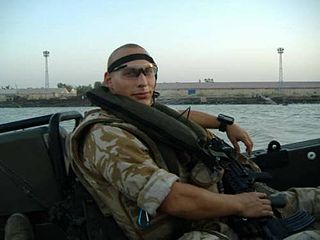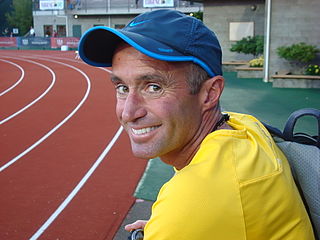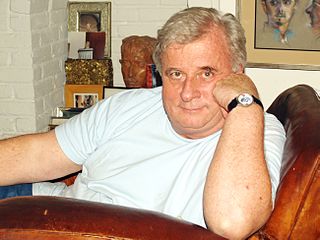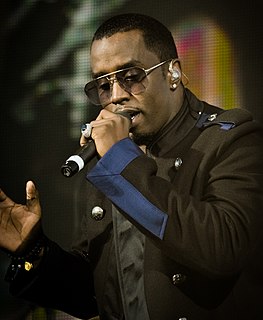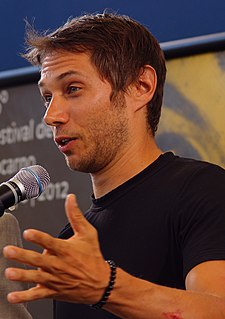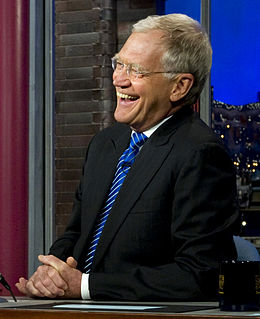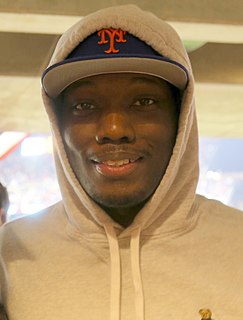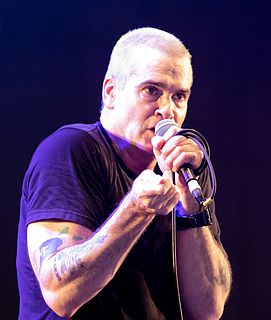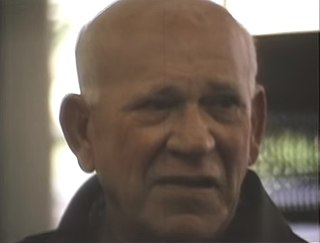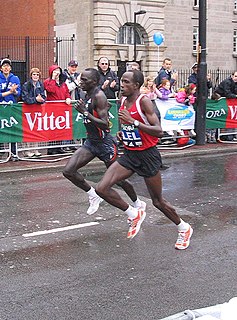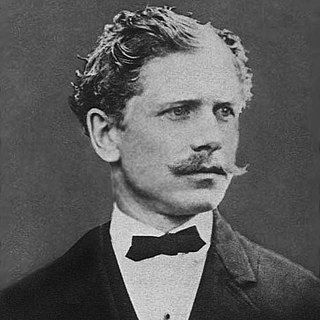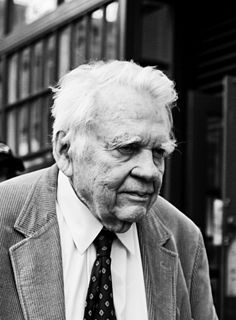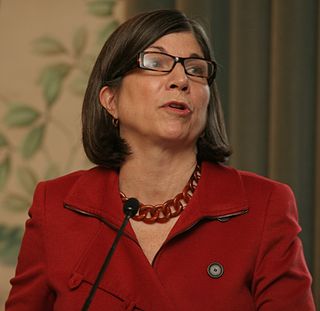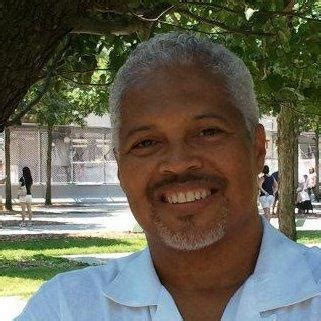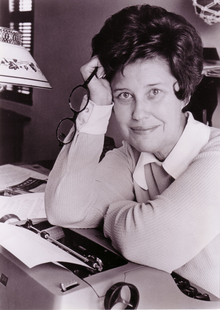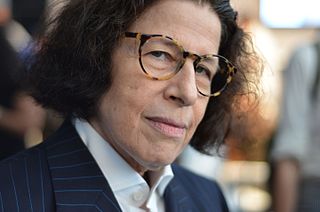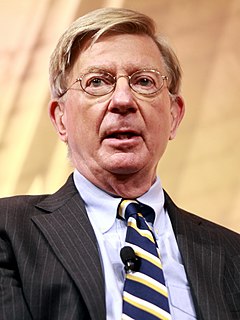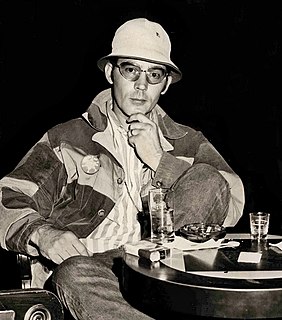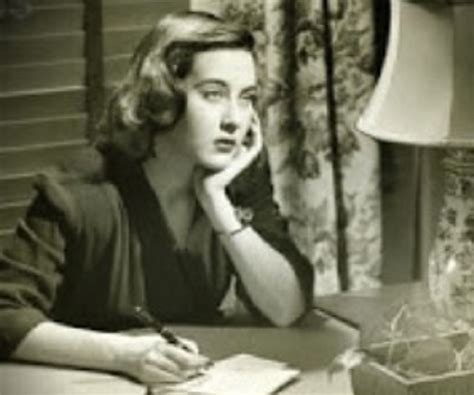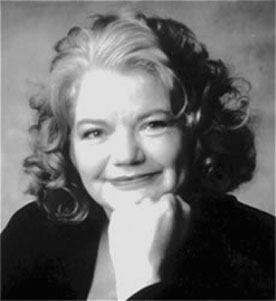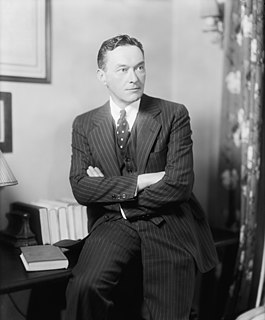A Quote by Mary Pilon
Most major races, including the New York City Marathon, require runners to provide photo identification when picking up a bib. Most provide bibs only a few days before the race, shortening the window in which someone could copy a bib.
Related Quotes
Long before social media made things like bib replication easier, banditing at major races was viewed as a brave act. Rebellious runners like John Tarrant gatecrashed races as a political statement, in protest of rules about amateurism that limited how much money athletes could earn in appearance fees and endorsements.
But most of all I was inspired by the stirring examples of all the other runners. In some pictures they would seem like tiny dots in a mosaic, but each had a separate narrative starting a few months or a lifetime earlier and finishing that day in the New York City Marathon, the race with 37,000 stories.
In the 1970s in New York, everyone slept till noon. It was a grungy, dangerous, bankrupt city without normal services most of the time. The garbage piled up and stank during long strikes by the sanitation workers. A major blackout led to days and days of looting. The city seemed either frightening or risible to the rest of the nation.
